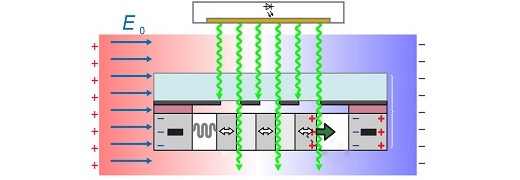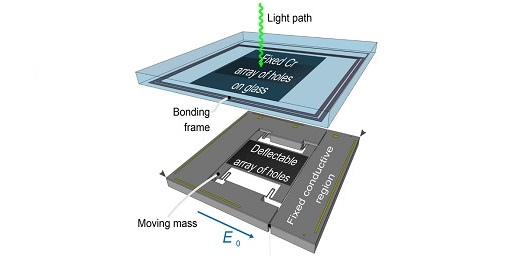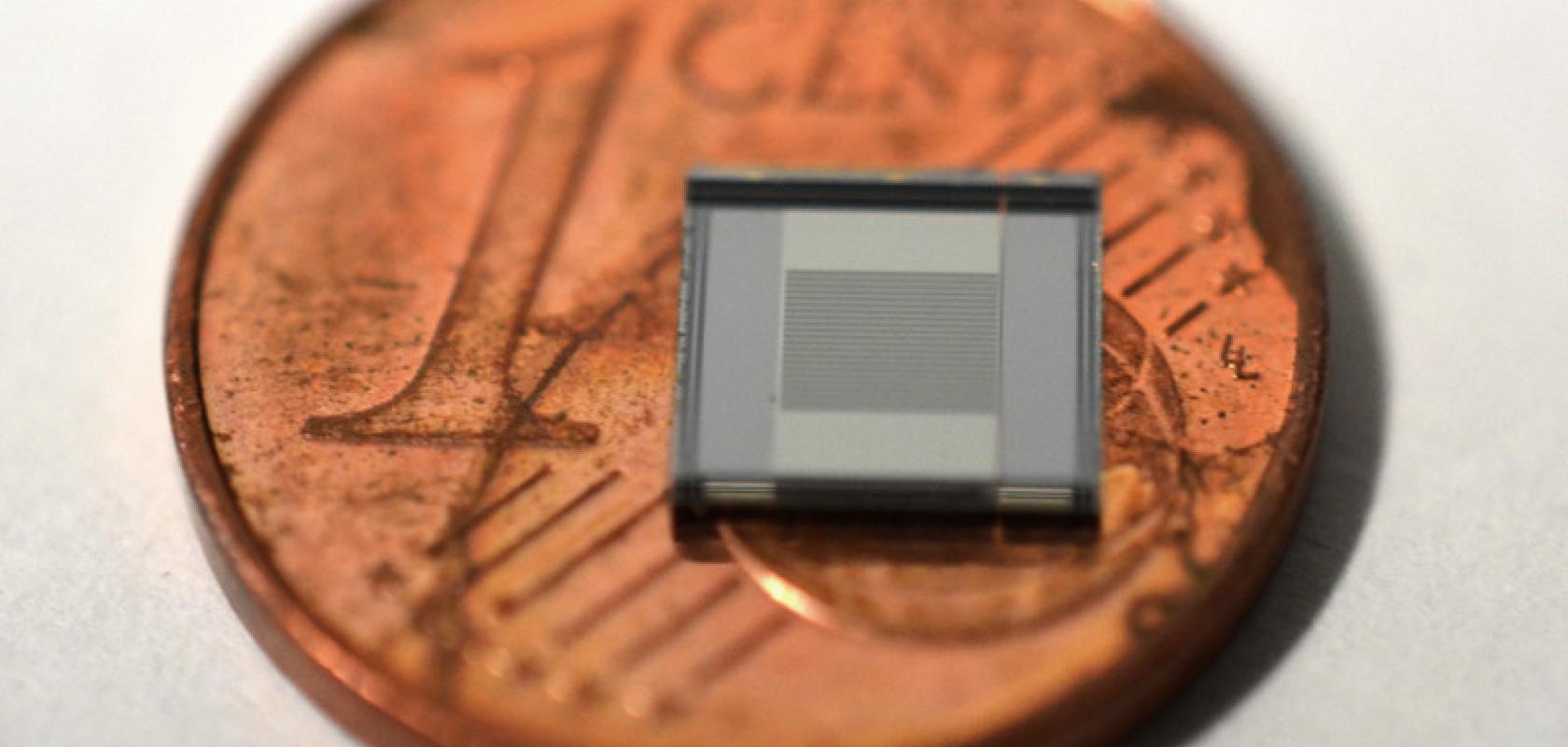Researchers at TU Wien have developed a silicon-based sensor as a microelectromechanical system (MEMS) that is capable of measuring the strength of electric fields while being much smaller, simpler and less prone to distortion than comparable devices.
Accurately measuring electric fields is important in a variety of applications, such as weather forecasting, process control on industrial machinery, or ensuring the safety of people working on high-voltage power lines.
Described in Nature Electronics and devised in conjunction with the Department for Integrated Sensor Systems at Danube University Krems, the new sensor poses a major advantage over comparable devices in that it does not distort the very electric field that it is currently measuring.
‘The equipment currently used to measure electric field strength has some significant downsides,’ explained Andreas Kainz of the Institute of Sensor and Actuator Systems at TU Wien. ‘These devices contain parts that become electrically charged. Conductive metallic components can significantly alter the field being measured; an effect that becomes even more pronounced if the device also has to be grounded to provide a reference point for the measurement.’ Such equipment also tends to be relatively impractical and difficult to transport.
The sensor developed by the team at TU Wien is made from silicon and is based on a very simple concept: small, grid-shaped silicon structures measuring just a few micrometres in size are fixed onto a small spring. When the silicon is exposed to an electric field, a force is exerted on the silicon crystals, causing the spring to slightly compress or extend.

A moveable grid made of silicon is displaced in an electric field, relative to another grid, which is fixed. (Image: TU Wien)

Schematics of the sensor: the moveable and the fixed grid. (Image: TU Wien)
These tiny movements now need to be made visible, for which an optical solution has been designed by the researchers: an additional grid located above the movable silicon grid is lined up so precisely that the grid openings on one grid are concealed by the other. When an electric field is present, the movable structure moves slightly out of perfect alignment with the fixed grid, allowing light to pass through the openings. This light is measured, from which the strength of the electric field can be calculated by an appropriately calibrated device.
The new silicon sensor can be used for fields of a relatively low frequency up to one kilohertz. ‘Using our prototype, we have been able to reliably measure weak fields of less than 200 volts per metre,’ said Kainz. ‘This means our system is already performing at roughly the same level as existing products, even though it is significantly smaller and much simpler.’
There is still potential for the sensor to be improved further too, according to the researchers. ‘Other methods of measurement are already mature approaches – we are just starting out. In future it will certainly be possible to achieve even significantly better results with our microelectromechanical sensor,’ Kainz added.
Related articles
Projection power in miniature: MEMs projectors advancing virtual reality
Realising the true potential of silicon photonics
Silicon photonics to capture almost $4 billion of optical transceivers market by 2025
$42 million joint venture to deliver silicon photonics optical modules


